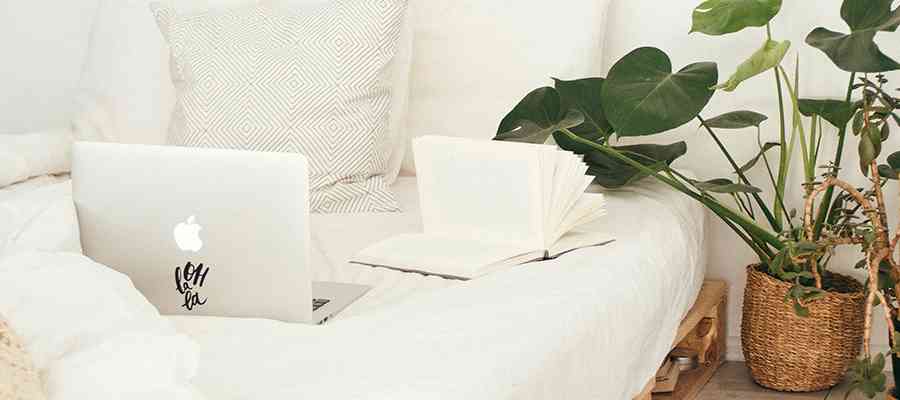The Coronavirus pandemic has seen an extended battle against the common household germs. Cleaning would be the first step to tackle this challenge, but it’s not enough on its own. You need to do proper disinfection to kill household germs.
Germs are everywhere. They can multiply fast and stay on different surfaces at the same time. These household germs can cause common colds, flu, and other infectious illnesses. To keep these infectious illnesses from spreading, you need to observe proper disinfection in your home.
Here are some quick cleaning and disinfection tips for your home.
Where can you find germs?
High traffic and surfaces that you often touch harbor the most germs inside your home. Remember, not all germs are harmful. But some can cause diseases and infections.
Did you know that you can find more bacteria in a kitchen sink than a toilet or a garbage can? In the bathroom, your toothbrush holder is also a germ hotspot. When flushing your toilet, a mist is sprayed in your toothbrush.
What do I need to Kill Germs?
The first thing you need to do is clean your home with soap and water, and apply friction. Cleaning is enough for most surfaces, but for high-touch surfaces, you may need to disinfect them more often.
There are products available that both function as a cleaner and a disinfectant. This serves its purpose as it is good if you want to save time in disinfecting countertops and bathroom surfaces. For visibly soiled surfaces or surfaces with spills, clean it with soap and water. Then, proceed with the disinfection.
A simple disinfectant solution can be made using your pantry items. Use the following:
- 3 teaspoons of bleach
- 1 gallon of water
Remember, do not mix bleach with ammonia or vinegar! Use this formula to clean and disinfect surfaces in your home. Apply it and leave for 3 to 5 minutes. Rinse and leave it to air dry or use a clean, microfiber towel. If you don’t have a microfiber towel, use a paper towel instead.
When applying bleach, use gloves to avoid bad skin reaction. Do not breathe in the chemicals and wipe down areas with water after disinfecting. Make sure it’s dried fully before you use them to prepare food.
One alternative to disinfectants are vinegars or hydrogen peroxide solutions. These are not only effective but eco-friendly ways to disinfect. Hydrogen peroxide may react with other types of surfaces. If you’re using it for the first time, make sure to test it first if there will be discoloration. If none, then it is safe to use.
